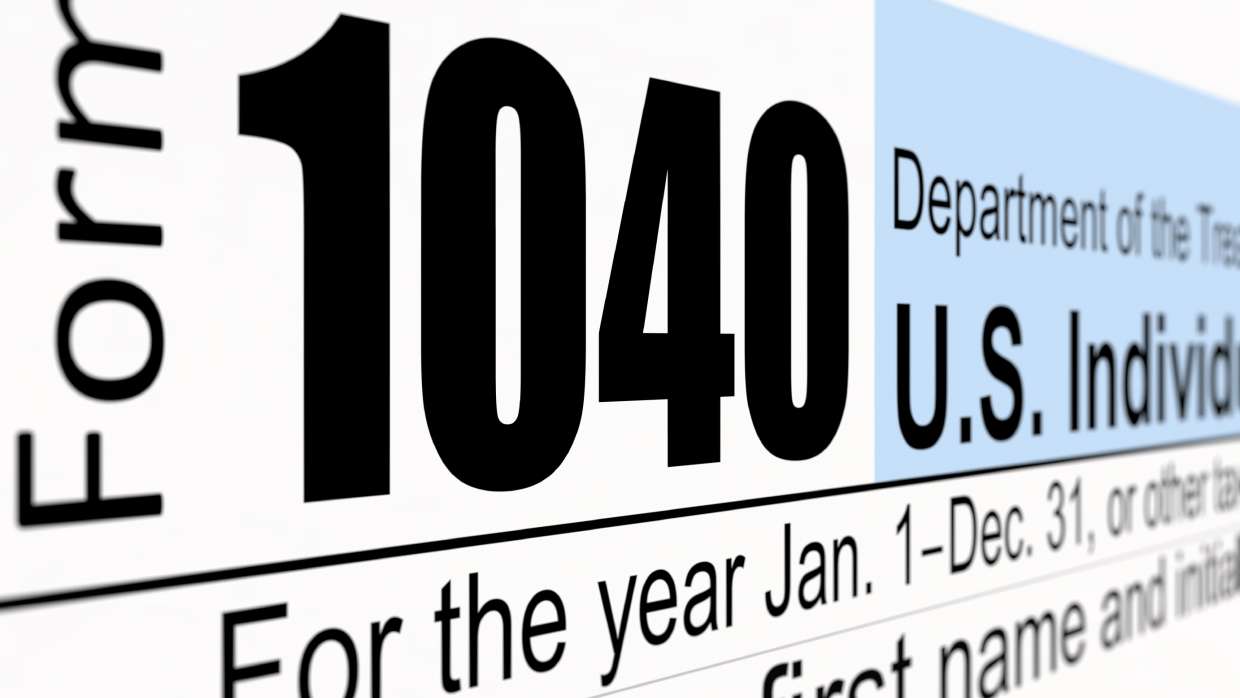Form 1040 to be Shorter but with More Schedules

The IRS is working on a draft version of the 2018 Form 1040, U.S. Individual Income Tax Return, that reduces the size of the form to two half-pages in length and eliminates more than 50 lines, compared to the 2017 version of the form. The draft form moves many items that in the past have appeared on the face of the 1040 to various new schedules.
The 2018 draft form, which has not yet been officially posted on the IRS website, uses the first page to gather information about the taxpayer and any dependents and for the taxpayer’s signature and jurat. The second page gathers information on the taxpayer’s income, deductions (including a new line for the Sec. 199A qualified business income deduction), credits, and taxes paid. Many of the items reported on the 1040 will be calculated on various new schedules, which have also not yet been officially posted. These schedules include:
- Schedule 1, Additional Income and Adjustments to Income, includes items from lines 10 through 37 of the 2017 Form 1040, such as business income, alimony received, capital gains or losses, and adjustments including educator expenses and student loan interest expense.
- Schedule 2, Tax, includes items from lines 44 through 47 of the 2017 Form 1040, such as the tax on a child’s unearned income (commonly called the kiddie tax), the alternative minimum tax, and any excess premium tax credit that must be refunded.
- Schedule 3, Nonrefundable Credits, includes items from lines 48 through 55 of the 2017 Form 1040, such as the foreign tax credit, the credit for child and dependent child care, the education credit, and the residential energy credit.
- Schedule 4, Other Taxes, includes items from 57 through 63 of the 2017 Form 1040, such as household employment taxes, the health care individual responsibility payment (the individual mandate), the net investment income tax, and the additional Medicare tax. It also includes a new line for reporting the Sec. 965 net tax liability installment from Form 965-A — a form that does not yet exist.
- Schedule 5, Other Payments and Refundable Credits, includes items from lines 65 through 74 of the 2017 Form 1040, such as estimated tax payments, the net premium tax credit, and amounts paid with an extension request.
- Schedule 6, Foreign Address and Third Party Designee, provides taxpayers who have a foreign address a place to list their country, province, and postal code (formerly these appeared on page 1 of the 1040) and provides all taxpayers with a place to list information for a third-party designee who can discuss the return with the IRS.
The draft Form 1040 and the new schedules also refer to various existing schedules, which presumably will continue to exist in updated form. These include Schedule A, Itemized Deductions, Schedule C, Profit or Loss From Business, Schedule D, Capital Gains and Losses, Schedule E, Supplemental Income and Loss, Schedule F, Profit or Loss From Farming, Schedule H, Household Employment Taxes, Schedule SE, Self-Employment Tax, and Schedule 8812, Child Tax Credit.
On the other hand, Schedule B, Interest and Ordinary Dividends, Schedule J, Income Averaging for Farmers and Fishermen, and Schedule R, Credit for the Elderly or the Disabled, are not mentioned on the new form and schedules. A line exists for reporting the earned income tax credit, although Schedule EIC itself is not mentioned.
— Sally P. Schreiber (Sally.Schreiber@aicpa-cima.com) is a JofA senior editor. Published in Journal of Accountancy
